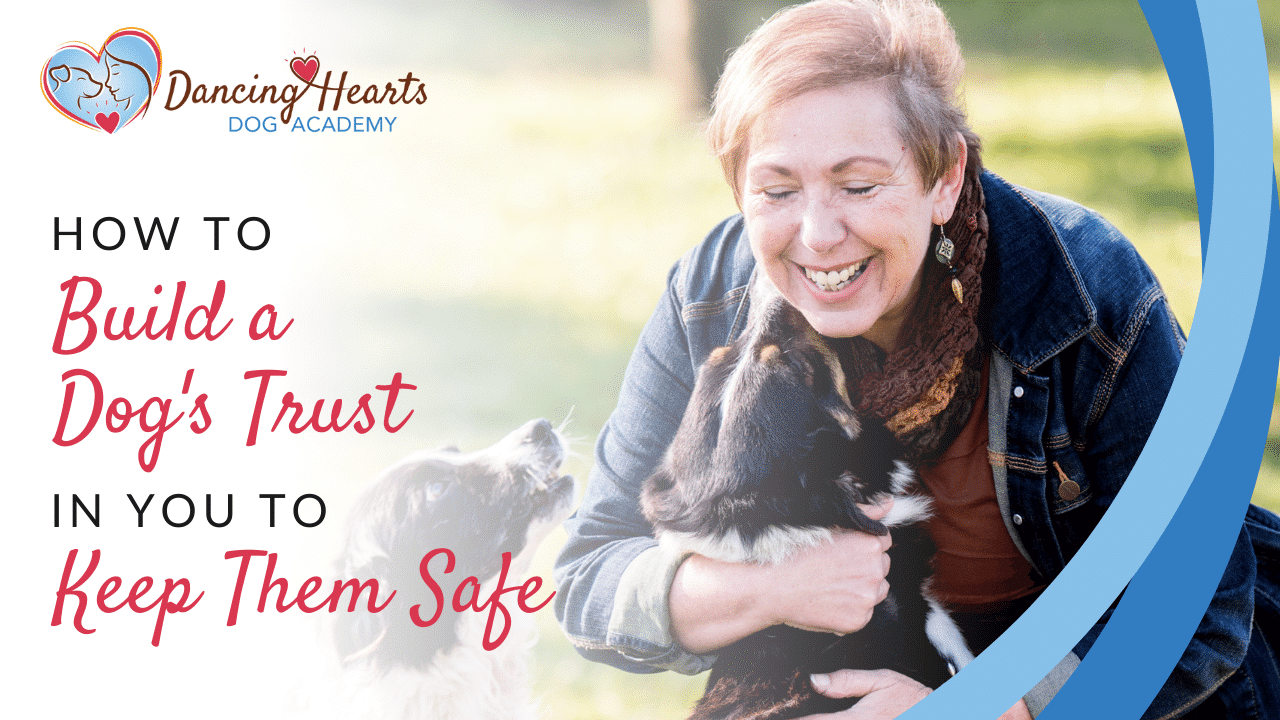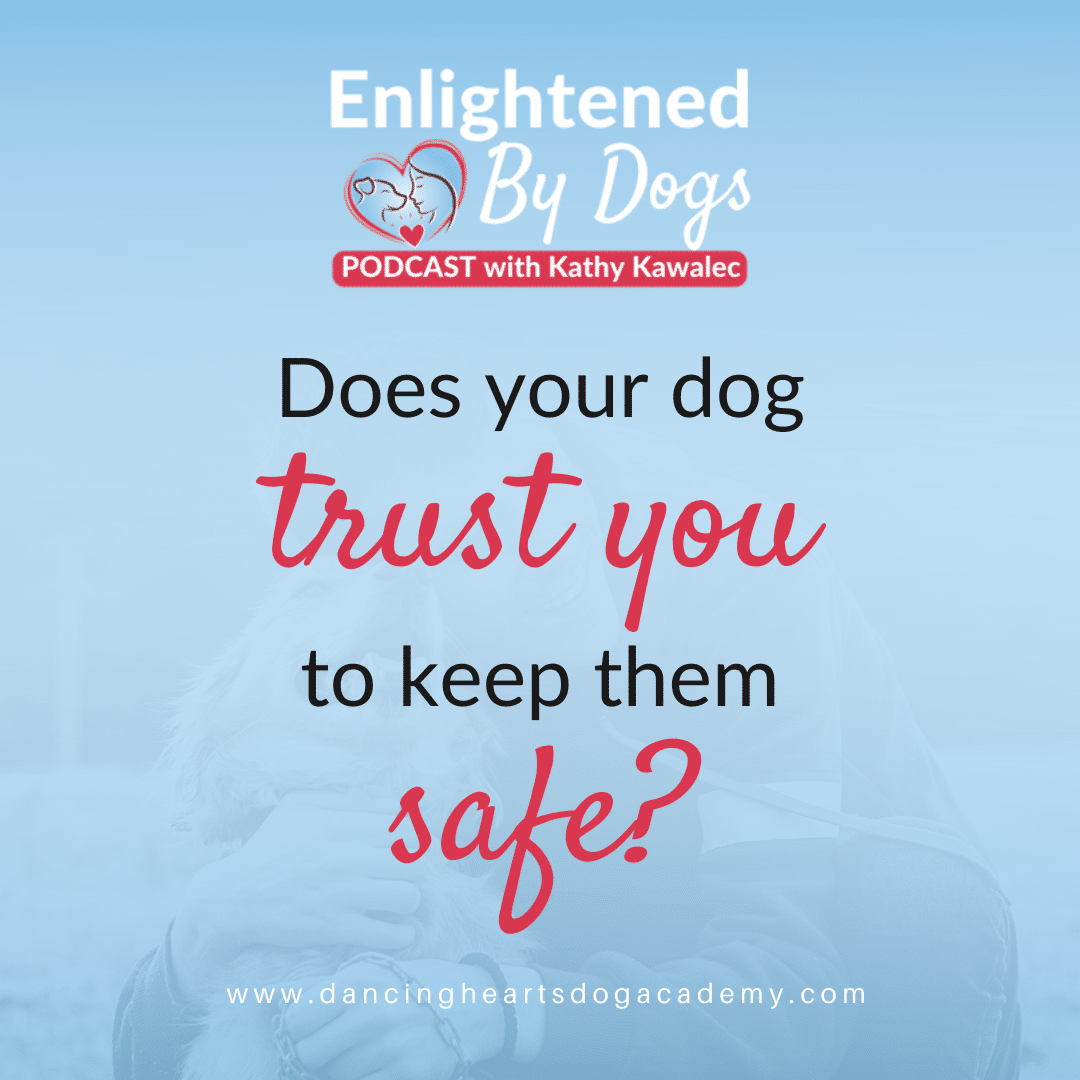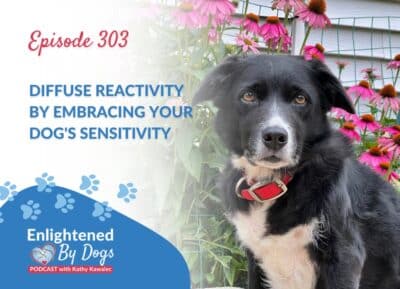If your dog has experienced a traumatic event or has PTSD from such an event, supporting and making your dog feel safe is so important. As dog moms (and human beings), we hate to see a dog in any pain or emotional distress. If we could protect all of the dogs in the world from such things, we would. Unfortunately, we can’t protect every dog, but we can be there for our own dogs.
I want to talk about this further because it’s a crucial topic. Knowing how to behave during and after an unfortunate incident could save your dog from a lot of stress, anxiety, and further trauma.
In this post, you’ll learn how you can start banking trust with your dog and what you can do to help your best friend recover from traumatic experiences.
How to be the person that your dog finds trustworthy
Unfortunately, bad experiences happen, no matter how hard we try to prevent them. The best thing you can do to prepare for such an event is to bank some trust with your dog. The more your dog trusts you, the safer they will feel when something unexpected happens. Being the person your dog finds trustworthy comes down to how you communicate and connect with your dog.
So, how can you let your dog know that they can trust you?
It starts by tapping into what is already there within us and our dogs. Puppies naturally follow their mothers, and they stay within their family group. They play with the other puppies in the litter,
and they don’t venture off to explore far away from their family. Puppies instinctively move toward their mothers for warmth, food, comfort, and protection.
When we welcome a new puppy into our home, we can continue to nurture that natural instinct. However, we can’t do this by focusing on stays, sits, downs, and other forms of forced separations. I’m not saying that you shouldn’t train your dog to do these things. I’m just saying that you need to make sure you don’t overdo it. By focusing on these commands, we teach our dogs to stay away from us and not come to us for much of anything. As a result, we teach our puppies to stop looking to us for safety, comfort, protection, and all of the good things we want our dogs to feel. It is terribly sad, but thankfully, it is something you can work on.
You should want your puppy or dog to come to you when they want to feel safe, loved, and protected. Like us, dogs are social animals. They are not meant to be on their own. Dogs love being close to their family. You can teach your puppy to move towards you for all of the things they once moved to their mothers for. What’s more, you can make sure that your puppy’s basic need for unconditional love, feeling like they belong, feeling like they are being heard and feeling safe are all met.
Traditional training inadvertently teaches our puppies not to look to us for any of those things. Sure, you don’t mean for it to happen, but it does happen, and it starts as soon as you bring your little puppy home. Instead of unknowingly pushing your puppy away, you need to start focusing on how you communicate with your puppy. You can teach them patience and manners within the home. But you can do all of these things without pushing your puppy away and disconnecting from them.
How you can use ‘trust hearts’ to support your dog
Every time you bank trust with your dog, you accumulate ‘trust hearts.’ You can tap into those trust hearts whenever you need to. A perfect example of when you might need to depend on the trust hearts you’ve banked is when your dog is frightened. It could be a loud noise such as thunder or fireworks, and now you need to show your dog that you are there to offer them comfort and safety.
You can demonstrate to them that the loud sounds are not going to harm them. You show this through your behavior, which lets your dog know that you are keeping them safe. Another example of this is when you’re walking your dog and a different dog runs over and scares your dog. How you behave in that moment is very important. By putting yourself between your dog and the other dog, you’re showing your dog that you can keep them safe.
My Border Collie, Dallas, was very sound sensitive. She would work herself up into a frantic panic whenever she heard thunder, fireworks, or gunshots. She would look for ways to escape and it was so sad to see. I knew I had to do something, and fast. So, I calmly approached her and took her to a safe place, somewhere that she felt protected. After a while, whenever Dallas heard a loud noise, she would come right over to me for protection. She trusted me to take her to her safe place and keep her safe.
How you behave during and after a traumatic event is more important than what actually happened during the traumatic event itself. This is so important to remember because it can be easy to get swept up in the drama of the moment that you forget to be there for your dog. Always look for ways to connect with your dog, especially when traumatic events take place.
4 steps to help your dog recover from a traumatic event
Here are four steps to help you and your dog handle a traumatic event so that it doesn’t lead to further trauma:
- When a traumatic event happens, go to your dog.
- If the trigger is a thing such as another dog or a car, put yourself between your dog and the scary thing
- Breathe and try your best to stay calm
- Move your dog to safety
So, that’s the four steps you can take during a traumatic event, but what should you do after the event has happened? Here are four steps to help you bring your dog ‘back to grazing.’
- Take a deep breath
- Guide your dog away and get moving – this will help release endorphins to help mitigate cortisol that may have been released during the event
- Connect with your dog from your heart. Pet your dog reassuringly, talk to them, and make time to connect
- Breathe some more and love your dog! Nature will do the rest to restore feelings of safe, calm and happy
I hope that all of this will help you bank trust with your dog so that when a potentially traumatic event happens, you know exactly how to behave so that the trauma doesn’t cause emotional damage to you or your dog.
Click here to watch a trailer of the episode:
If you’d like to work with me and learn how to create a partnership lifestyle for you and your dog, you can request an invitation to join us in the Brilliant Partners Academy when the doors open for the next enrolment!
You can listen to everything I talked about in this blog post over on my podcast – Enlightened By Dogs. It’s episode 126, which you can listen to here.






